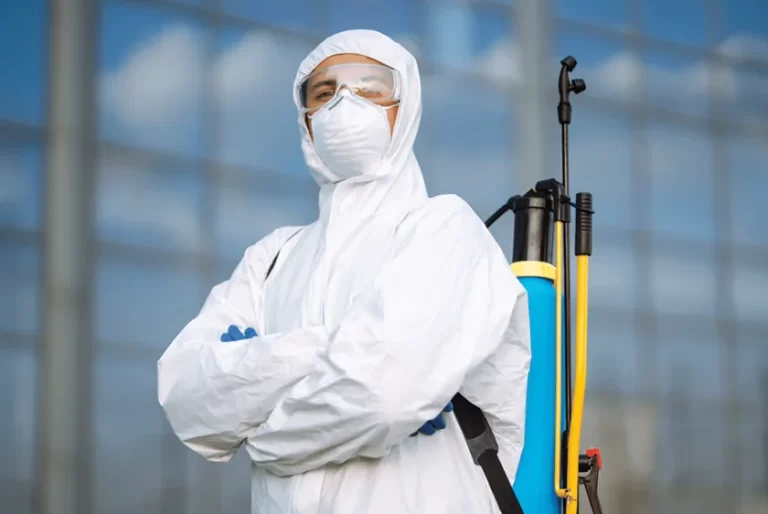
Despite living alongside the tiny companions in our homes and gardens, the secret lives of insects are still largely unknown to us. Watching insects move around during the day is what we notice the most, but their stationary state can also be interesting. It also offers valuable insights into pest behavior and management. Like all living things, insects have biological rhythms that dictate their cycles of activity, although those rhythms have little in common with human sleep.
Exterminator Services in Algonquin facilitates effective insect pest control by treating the pests per their natural behavioral patterns since insect pests are most susceptible to treatments when they are most active or vulnerable according to their activity cycles.
Do Bugs Even Sleep?
Insects do not sleep like humans but do go through a sleep state known as torpor. An insect during torpor exhibits decreased responses to stimuli, decreased metabolic rates, and some specific body postures. Studies from the University of Pennsylvania have revealed that fruit flies, for instance, exhibit characteristic stopping periods with heightened arousal thresholds, a clear sign they are sleeping.
While human sleep includes REM and non-REM cycles, insect rest is generally controlled by circadian rhythms — internal biological clocks that react to cues in the environment, such as light and temperature. Bees that are deprived of rest show impaired navigation and learning ability, as do sleep-deprived humans, according to a recent study in the journal Science. It is not the same as a human sleep, but these periods of rest are critical to insect life and function.
Various bugs and how they sleep
Here are some amazing insights into how bugs sleep.
- Bed Bugs
Bed bugs are primarily nocturnal and hide during the day in cracks, crevices and seams of mattresses. Their resting state seems to be light since they can be easily activated by causing disturbance. Research shows they can stay in hiding for up to 12 hours a day and are most likely to come out when humans are asleep.
- Honeybees
Honeybees are sleepers, as worker bees generally sleep around 5-8 hours each day in small bursts. Their bodies are relaxed, their antennae drooped, and they will often huddle together in the hive as they sleep. Bees that have lost sleep also have trouble with directional communication through their waggle dance.
- Cockroaches
Cockroaches are nocturnal insects that take the light of day to rest in dark and hidden areas. They become immobilized, lowering their metabolism and lessening antenna motion. As fascinating as that may be, it is also worth pinpointing that cockroaches can stay in this condition for up to seven hours but will become alert the moment they’re disturbed.
- Ants
They have an extremely interesting rest pattern, Ants. Working ants might take about 250 short power naps a day, each lasting about a minute, which is about 4-5 hours of downtime over 24 hours. Queen ants, though, can sleep in longer, unbroken stretches for as much as 9 hours a day.
- Fruit Flies
Fruit flies are now a model organism for sleep. They feature a unique sleep phase 7 — 10 hours long, occurring at night, and certain sleeping postures (drooped bodies, limited motions). In some ways, their sleep is surprisingly similar to humans.
- Butterflies
Butterflies do not sleep as we know it; instead, they enter a dormant state called quiescence during the night. They hang upside down or roost on vegetation with wings folded to stay out of sight of would-be predators. Other species overwinter in a hibernation-type state called diapause during cold weather.
- Mosquitoes
Most mosquito species are nocturnal or crepuscular (active at dawn and dusk), resting during daylight hours. They prefer sheltered places that are humid and have low wind movement when resting. After a blood meal, female mosquitoes (the ones that bite) typically rest to digest and develop eggs.







